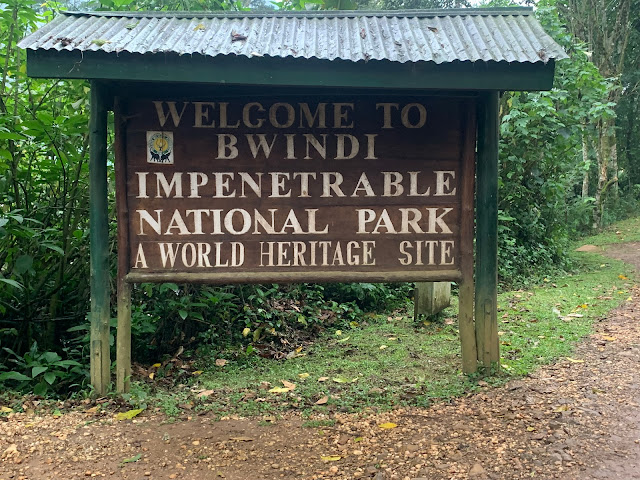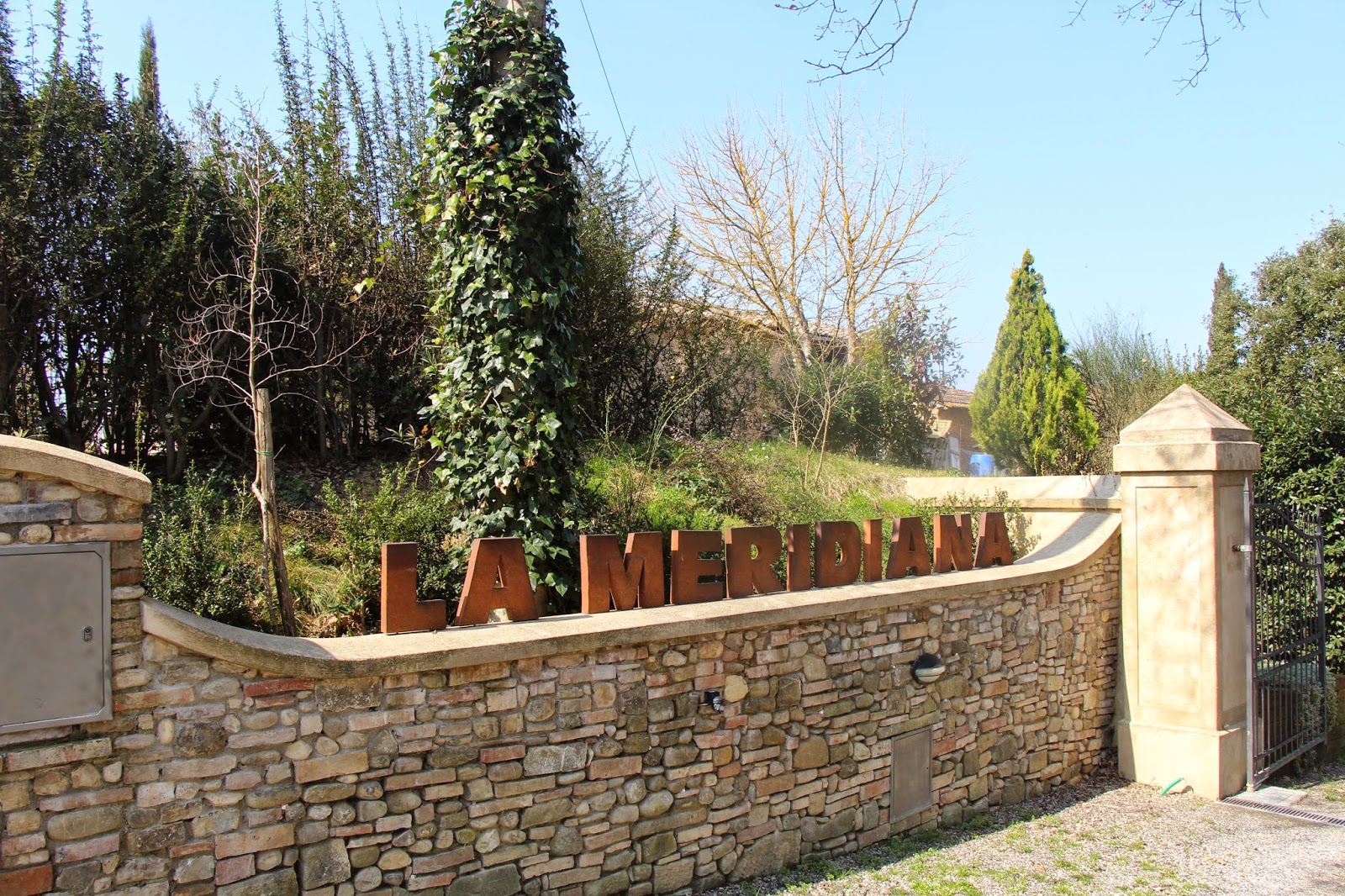For those of you who follow me on Instagram, you might have seen that I am just returning to Los Angeles after a trip. For the past two weeks, I've been exploring a remote part of Canada called the Great Bear Rainforest. The Great Bear Rainforest is located on the north central coast of British Columbia and covers around 15 million acres (roughly equivalent in size to Ireland). The name refers to the significant populations of black, grizzly, and Kermode (spirit) bears that are supported by the abundant salmon runs and lack of human development. It is a rich ecosystem consisting of herring, salmon, humpback whales, fin whales, wolves, the elusive spirit bear, and so much more. During my trip, I was on board a sailboat sailing past islands and waterways, visiting estuaries and bear viewing sites.

My trip started by flying from Vancouver to Bella Bella through Port Hardy. Due to the weather, our plane was almost cancelled. Luckily, we made it to Bella Bella where we proceeded to take a 20 minute water taxi to Shearwater. We had a group lunch at the only restaurant on the island and then went to explore the small town after lunch. The "downtown" is only about a block and a half, consisting of a few shops, laundromat, grocery store, restaurant, and the lodge.
 |
| The official welcome to The Great Bear Rainforest... A statue of a bear, a sea plane statue, some flags, and a giant sign. |
 |
| Walking around the marina. |
 |
| We explored the small town from every angle, and I snapped this panorama near the lodge. |
After dinner at the same restaurant, we prepared for our upcoming adventure after photographing an eagle on the roof (it was watching fishermen chop fish on the docks).
 |
| This eagle was hopping closer and closer to where locals were chopping fish, but didn't take any action before flying off. |
The following morning we awoke to the misty, wet, Great Bear Rainforest we grew to knew. After a nice English breakfast and many cups of coffee, it was finally time to embark our vessel... the Island Roamer. She was launched in 1983 and is 68 feet long.
 |
| Seeing our sailboat for the first time, I was quite worried it would be rough... |
She has 8 double occupancy cabins (though we each got our own), 3 heads, a lounge with a library, a galley, and an upstairs deck with a seating area (where we spent most of our time). See below for a quick tour...
 |
| My cabin. |
 |
| Library and seating area with a spiral staircase to the outside deck where the captain steers the boat. |
 |
Galley (window to the right)and our photo editing area/buffet table.
|
 |
| We all put our cameras upstairs so we'd be ready for any sighting! |
After an orientation of our floating home, we headed out on deck to photograph landscapes.
 |
| Panorama sailing out of Shearwater. |
 |
| Passing by Bella Bella. |
At one point, the water got unusually choppy. As a result, we were able to lift all three sails up on the sailboat. Because it was such a rare occurrence to sail with all three sails up, the crew asked if we wanted to get out and take photographs. Of course, most of us said yes! If you've ever descended a ladder backwards while holding camera gear, you know that's hard enough. Now add choppy water into the equation... It's not a pretty sight. While none of us (miraculously) fell in, watching the zodiac bounce up and down against the back of the boat was enough to make you sea sick. To make matters more interesting, our sailboat wasn't anchored, so the crew was driving the zodiac at the same speed of the boat, trying to get the zodiac's nose right up against the wooden platform we step on to board the zodiacs. After several minutes of waiting for the perfect moment to get on the zodiac, there was finally a two second break where I stepped into the zodiac. Once everyone was in, we raced alongside the Island Roamer to get a better view of her with her sails up. Since the water was still quite rough, we basically got a shower in the process! Thank goodness lenses and cameras are weatherproofed...
 |
| With a wide angle lens, our boat looked so small against the endless seas and sky! |
 |
| You can tell how choppy the water was by how much the sailboat is leaning over! |
Once we were done with our mini photo shoot and back on board with the zodiac tied up in the back, we came across a colony of sea lions. We got into the zodiacs once more, trying to get a closer look. We saw hundreds of sea lions on the rocks but because it was still rough, it was impossible to stabilize our cameras in the zodiac (therefore making it impossible to take photographs).
 |
| A group of sea lion look at us bouncing around in the zodiac. |
Later in the evening, we reached a calmer area of water and decided to go ashore for a quick leg stretch, where we experimented with wide angle photography. After being treated to a stunning sunset, we watched the moon rise over the horizon... it was blood red.
 |
| Our first landing site in the Great Bear Rainforest. |
 |
| More abstract shot of birds flying over the forest. |
 |
| Blood red moon on our first night in the Great Bear Rainforest. |
In the morning, we woke up to a glorious sunrise of orange hues... likely from the nearly 600 fires burning in the British Columbia region.
 |
| Morning sunrise on our first full day in the Great Bear Rainforest. |
We navigated around the island from yesterday (Goose Group) and landed on a beach to see if we could see coastal wolves. We walked down to the other end of the beach, stopping to photograph beautiful natural lines in the sand, where we then sat and waited. We sat lined up on a log for quite some time, but no wolves came. They are quite shy, so even though we saw wolf tracks we knew it wasn't too likely.
 |
| A lone shell sits on the beach, perfectly framing the engraved lines in the sand. |
 |
| Engraved lines from the tide. |
On the way back to the boat, we photographed a bald eagle on a rock. There are about 70,000 bald eagles in all of North America, so they are categorized as least vulnerable on the species red list. After the bald eagle took off, we continued on in the search for sea otters. Instead, we found a humpback whale playing in kelp and feeding. Humpback whales are part of the baleen suborder, and they are known to eat small prey like squid, krill, and herring.


In the afternoon, we sailed through a narrow passage that only fits one boat. We made a wet landing at a nearby beach where we searched for bears. We hiked for nearly 2 miles, stepping into rivers and jumping over logs. At one point, it looked like we were rappelling up the log because there was a huge hill and a log right on the edge of the hill. To get up and over the log, we had to take a huge step, place our feet on the side of the log, pushed up against the log, and were hoisted up by the crew. Eventually, the path ended because there were fallen trees and we had to turn around, jumping over that same log.
 |
| A view of our boat from the estuary. |
 |
| Hiking through the forest, I couldn't help but look up and marvel at the tall trees! |
The following morning, we rose early for a tidal walk. We came across nudibranchs, sea stars, urchins, crabs, and more tiny creatures of the sea. This was a great opportunity for me to experiment with my macro lens, and I learned to really look for the smaller things in nature during this outing!
 |
| Sea urchins lined one tidal pool. |
 |
| Sea urchins grouped together. |
 |
| The main visual element is what a sea urchin looks like with no spines. |
 |
Colorful sea stars grouped together.
|
 |
| Bright orange sea star. |
As we continued sailing once more, we stopped to photograph a small waterfall that we sailed right up to.
We proceeded to come across pictographs on tall cliffs as well as humpback whales that were showing their fluke but not breaching.
 |
| Clouds roll over the forest layers. |
 |
| Our first whale fluke! |
We took an afternoon zodiac cruise in the rain, where we sat in the zodiac for a few hours waiting to see a bear. In the meantime, we photographed eagles and tried to keep ourselves (and our cameras) as dry as possible with rain jackets and rain ponchos.
 |
| I kept waiting for this bald eagle to fly (but it didn't). |
We started to drift upstream but since last year the water level changed so we turned around and went up a different channel. Because the tide was starting to go out, the naturalists hopped out of the zodiacs (nearly waist deep in water with their waders) and pulled us upstream until we couldn't go any further. We pulled up alongside the estuary, climbed atop thick grass, and walked over to a log where we sat in the rain waiting for bears. Our hands were shriveled like prunes and it was freezing, but we were determined to see a bear. Anyone else would think we were crazy, but this is the life of a wildlife photographer. Meanwhile, our guides kept measuring the retreating tide by sticking a paddle in the water and seeing where the water came up on the handle. With the wind and steady rainfall, some of us even started doing exercises to stay warm. We sang the Father Abraham trail song, did lunges against the log, and did squats. Eventually, the tide was retreating too much and it was time to go. During dinner time, we spotted a grizzly bear walking ashore (a juvenile male) but it was too far to photograph from where we anchored. Meanwhile, we hung our dripping wet clothes in the engine room to dry off!
Thanks for reading about my adventures in the Great Bear Rainforest... Stay tuned for what's to come and be sure to hit the subscribe button to be notified of new posts! As always, follow my instagram @elissatitle for more pics.













































Comments
Post a Comment